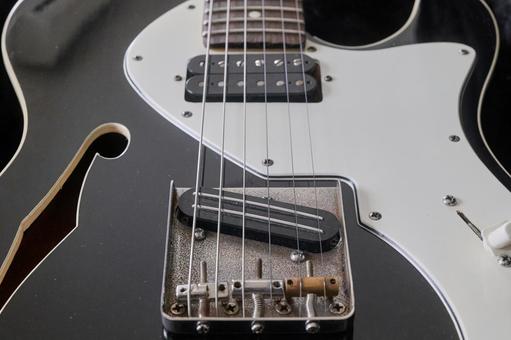BLOG
How someone with musical experience can manage to write songs for a band, at the very least (Part I).
Jan 29, 2022

Are you DTM users?
Many of you are probably trying to write pop or rock songs.
For those of us from a classical background, such as myself, we are trying to type a song with a typical band sound,
I don't know what to do... and I am repeating trial and error. I am repeating the process.
In this article, I would like to share my own method of creating pop songs for people with musical experience.
I hope you will find it useful.
◆Analysis of pop chords in general
First, we will number the chords (chords) of the song you are interested in.
The first step is to number the chords of the song you are interested in, such as 1 for 1 degree, 4 for 4 degrees, and so on.
For example, in the case of "Cherry" by Spitz
A melody is 1, 5, 6, 3, 4, 1, 4, 5...
In this way, let's write down the chords of various songs.
Then, you may find something.
It can be found at ・・・・・
The first number in melody A, B, and C is not often the same.
In addition to this, quirks by various bands and,
In addition to this, you will probably be able to find out the habits of various bands and the tendency of circulating chords that are often used.
◆Selection of model songs.
I want to make a song that sounds like "~!
If you think "I want to make a song like...",
Let's make a "song like ~"!
To do this, get a band score.
It is a good idea to buy the song you want to model, as well as other songs by the same artist.
In some cases, the band score may not be an exact transcription, but it may be useful for the purpose of imitating the style.
If you can read music, you may be able to skip some of the muddy ear copying process.
◆Stealing the peculiarities of the music itself (other than the arrangement)
Let's itemize the "quirks" of the music of the artist you want to use as a model.
For example.
Tends to use 7-degree leaps in the chorus melody line
Frequent use of characteristic syncopation
Frequent use of major sevenths
etc.
◆Stealing arrangement habits.
Make a list of arrangement "quirks" of the artist you want to model.
For example.
Splash cymbals tend to be used loudly in the chorus
Identifying frequent patterns of guitar arpeggios
etc.
◆Conclusion
There is still a long road to completion.
In the second part, I will describe the process of writing the music.


